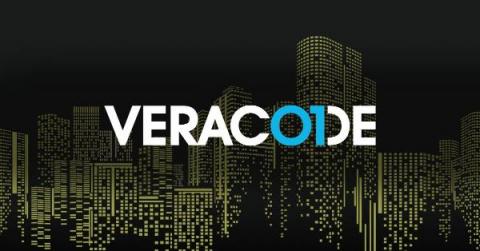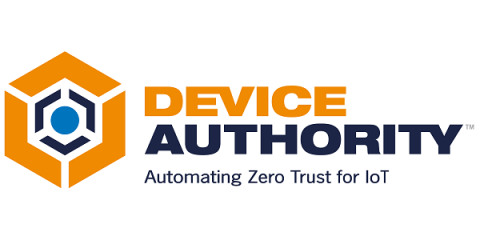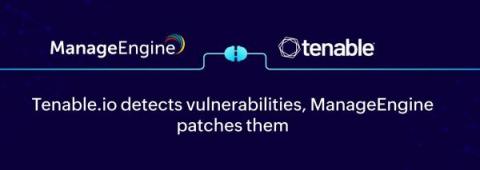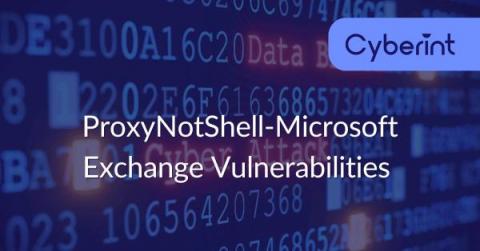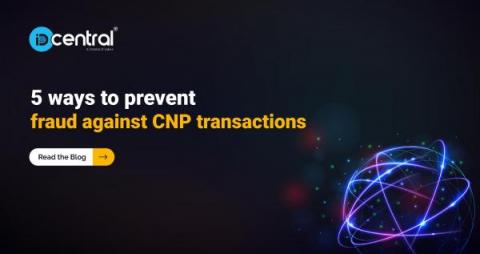Deliver a Strike by Reversing a Badger: Brute Ratel Detection and Analysis
A new adversary simulation tool is steadily growing in the ranks of popularity among red teamers and most recently adversaries. Brute Ratel states on its website that it "is the most advanced Red Team & Adversary Simulation Software in the current C2 Market." Many of these products are marketed to assist blue teams in validating detection, prevention, and gaps of coverage.





